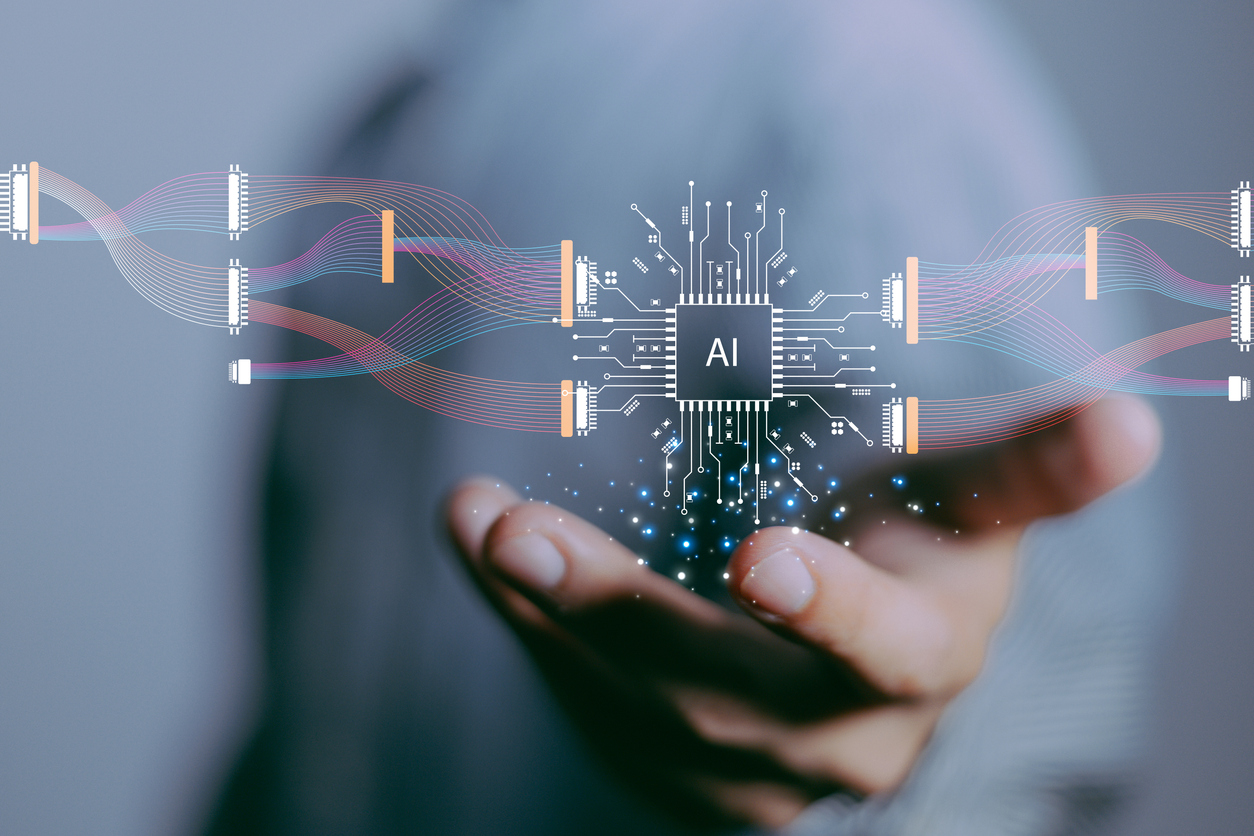There’s been a lot of hype surrounding AI, especially in trading.
However, it’s important to understand that AI is more of a trader’s sidekick than their replacement. The factors that impact asset prices are complex and non-linear, which makes DNNs the best option for detecting these relationships. Then, the AI can make informed decisions about when and where to trade. Visit the official site of Quantum AI Trading to get more information.
Predictive Models
While there is an opportunity for pure-play AI trading success, building a strategy that outperforms the market takes more than just a clever algorithm. Traders need to factor in transaction fees, slippage, and the fact that markets change constantly. All these things add up and can cancel out any profits that an algorithm might make in a simulation.
AI algorithms can identify patterns in data that may go unnoticed by humans, which is particularly beneficial in high-frequency trading. They can also process data much faster than humans, which helps recognize ephemeral trading opportunities.
Market Sentiment Analysis
Sentiment analysis is a valuable tool for companies to identify and capitalize on market opportunities. It examines the perceptions and attitudes of consumers through online platforms like social media. Sentiment analysis can help businesses understand their customers’ needs and expectations and determine their preferred choices. It can also identify trends in customer sentiment and anticipate changes in consumer behaviour.
Many machine learning algorithms use data mining to make predictions based on patterns and correlations in complex data sets. This can improve the accuracy of predictive models and enable traders to take advantage of new trading opportunities.
A growing number of financial institutions are deploying machine learning technologies to detect and capitalize on market opportunities. They can also automate processes and reduce human intervention, enabling them to make thousands of trades per day.
Risk Management
In a trading environment that is increasingly complex and nuanced, factors that impact asset prices do not always have straightforward linear relationships. DNNs, which rely on layers to process data hierarchically, can discern such relationships that may go unnoticed by traditional models.
Moreover, ML-powered algorithms can reduce the time and resources needed to assess risk factors in large data sets. However, these tools are prone to errors related to bias and variance. These risks require attention and mitigation.
Traders must be aware of the limitations and risks associated with AI for trading. For instance, the accuracy of input data and the availability of reliable data are crucial. They must also be mindful of ethical and regulatory considerations, which are evolving rapidly. These factors can influence how AI and ML are deployed in the financial sector and their impacts on its performance and stability. Ongoing research is necessary to better understand the evolving adoption of these technologies and address any emerging issues.
Trading Strategies
Traders must scour a huge amount of data to find information that will increase their profit margin. AI algorithms can help them do that by analyzing market information and identifying patterns that humans may not be able to detect.
It is important to note that despite all the hype about the role of AI in trading, it will not replace human traders any time soon. Instead, it will be a trader’s sidekick, improving their ability to spot opportunities and make smarter trading decisions.












